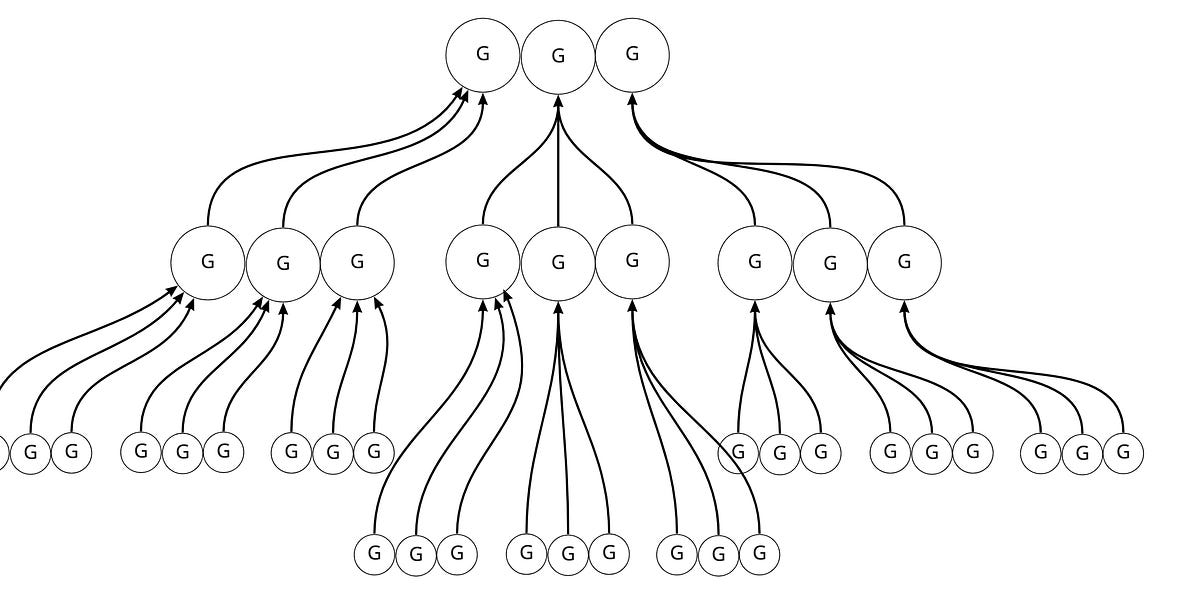The problem with the Knowledge Graph ideology is that everything in your mind is already situated in a graph structure. That is precisely the problem. It’s big and complicated, with way too many connections everywhere. There’s no good in replicating that web in digital form.


